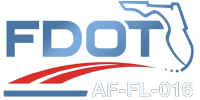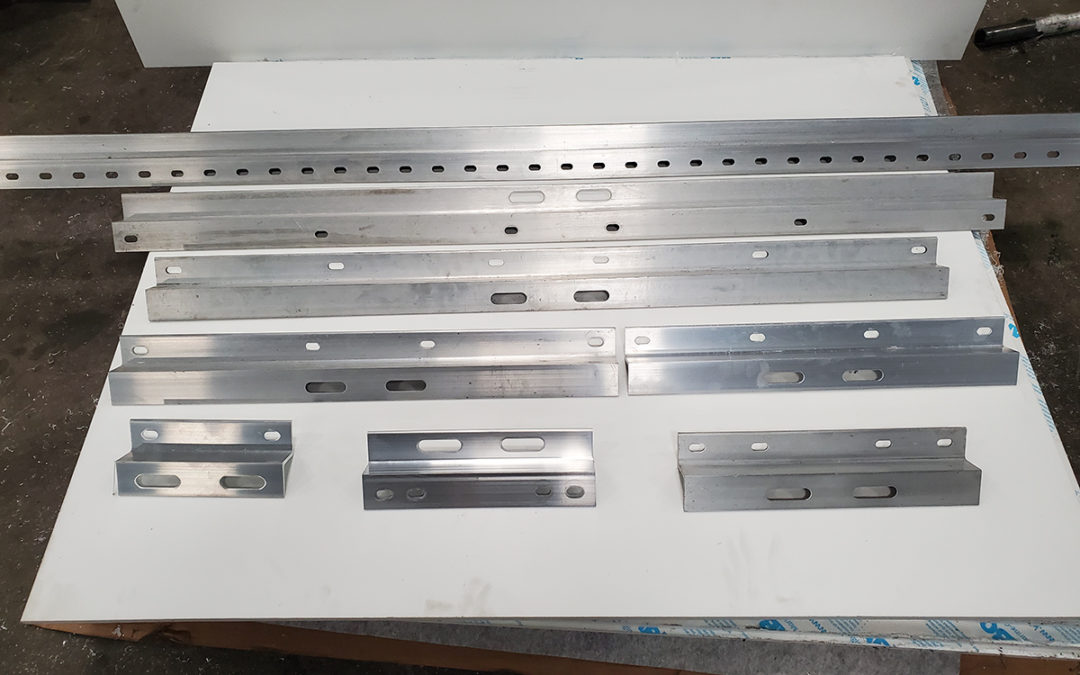Working with Aluminum Sheet Metal: Tips and Techniques for Milton, FL
Aluminum sheet metal is a cornerstone of modern manufacturing, prized for its lightweight strength, corrosion resistance, and versatility. In Milton, Florida—a region home to thriving aerospace and marine industries—mastering the sheet metal fabrication process is critical for producing high-quality components. Whether you’re crafting custom parts or contributing to large-scale aerospace projects, these expert tips will help you refine your skills and avoid common pitfalls.
Tips and Techniques for Working with Aluminum Sheet Metal
Tip 1 – Material Selection
Choosing the right aluminum alloy is the foundation of any successful project. Common alloys include:
- 3003: Ideal for general fabrication due to its formability.
- 6061: Offers high strength for structural applications.
- 5052: Resistant to saltwater corrosion, perfect for Milton’s coastal environment.
Consider thickness (measured in gauges) and temper (e.g., H14 or T6) based on your project’s demands. For aerospace applications, alloys like 2024 or 7075 are often preferred for their exceptional strength-to-weight ratio.
Tip 2 – Cutting Techniques
Precision cutting ensures clean edges and minimizes waste. Popular methods include:
- Shearing: Best for straight cuts on thinner gauges.
- Laser Cutting: Delivers high accuracy for complex shapes.
- Plasma Cutting: Effective for thicker sheets.
Always use sharp blades or nozzles to prevent burrs. For intricate designs in the sheet metal fabrication process, laser cutting is a go-to in Milton’s advanced workshops.
Tip 3 – Forming and Bending Techniques
Aluminum’s malleability makes it ideal for shaping. Use a press brake for precise bends, and anneal the metal (heat-treat) if cracking occurs. For curved components, roll forming ensures uniformity. In aerospace manufacturing, deep drawing and stamping create complex, hollow shapes like fuel tanks or fuselage panels.
Tip 4 – Welding and Joining Techniques
Welding aluminum requires skill due to its high thermal conductivity. TIG welding offers the cleanest results, while MIG welding suits thicker sheets. Use argon gas and filler rods (e.g., 4043 or 5356) compatible with your alloy. For non-welded joints, consider riveting or adhesives, common in aerospace assemblies.
Tip 5 – Finishing and Surface Treatment
Protect your work from Milton’s humid climate with:
- Anodizing: Enhances corrosion resistance and adds color.
- Powder Coating: Provides a durable, aesthetic finish.
- Chemical Etching: Prepares surfaces for painting or bonding.
Polishing or brushing can also improve appearance for consumer-facing products.
Tip 6 – Avoiding Common Issues in Aluminum Fabrication
- Galvanic Corrosion: Avoid contact with dissimilar metals like steel.
- Warping: Use tack welding and clamps to manage heat distortion.
- Cracking: Anneal metal before deep forming.
Store sheets in a dry, covered area to prevent oxidation.
Tip 7 – Advanced Forming Techniques
For complex geometries, explore:
- Deep Drawing and Stamping: Ideal for creating seamless, high-strength parts like aircraft components.
- Hydroforming: Uses fluid pressure to mold sheets into intricate shapes.
These methods are staples in aerospace and automotive industries, pushing the limits of aluminum sheet metal fabrication.
Key Points
- Select the right alloy and temper for your project.
- Use laser or plasma cutting for precision.
- Anneal aluminum to prevent cracking during bending.
- TIG welding ensures clean, strong joints.
- Anodizing or powder coating boosts durability.
- Advanced techniques like deep drawing and stamping enable complex designs.
Conclusion
Working with aluminum sheet metal demands a blend of technical knowledge and hands-on skill. In Milton, FL, where industries like aerospace drive innovation, adopting these best practices ensures your fabrication projects meet high standards. By mastering material selection, cutting, forming, and finishing, you’ll create durable, high-performance components ready to tackle Florida’s unique environmental challenges.
FAQ
Q: What’s the best aluminum alloy for outdoor use in Milton, FL?
A: 5052 is excellent for coastal areas due to its superior corrosion resistance.
Q: How do I prevent warping when welding aluminum?
A: Use tack welds, clamp pieces securely, and control heat input with pulsed welding settings.
Q: Can I use the same tools for aluminum and steel sheet metal?
A: No—aluminum requires dedicated tools to avoid contamination and galling.
Q: Why is deep drawing and stamping popular in aerospace?
A: These methods produce lightweight, seamless parts critical for fuel efficiency and structural integrity.
Q: How do I remove scratches from aluminum surfaces?
A: Use progressive sanding (from coarse to fine grit) followed by polishing.



